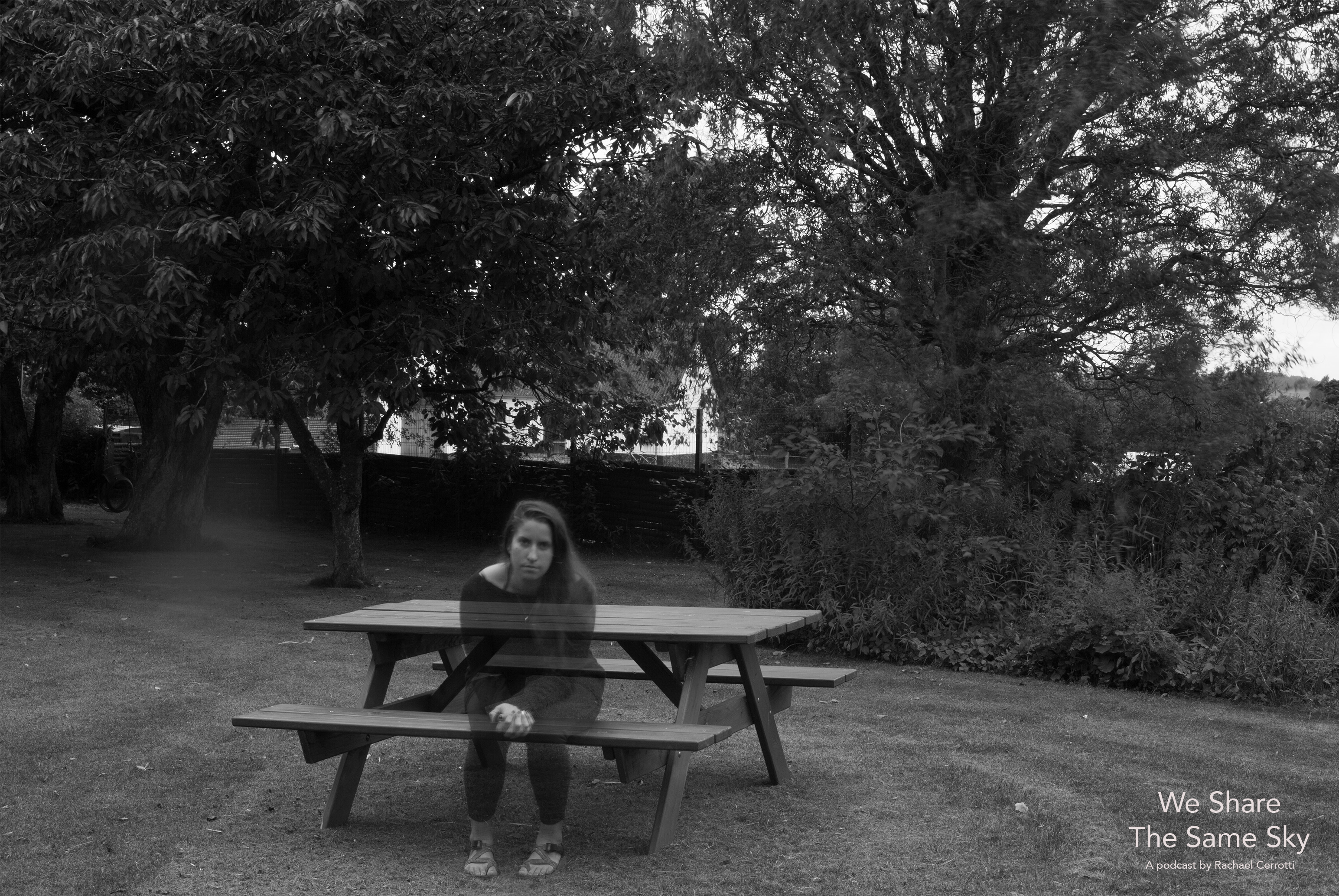- Step-by-step procedures
- Estimated completion time
- Resources labeled by icons






 direct teachers to the piece of content named in the procedures
direct teachers to the piece of content named in the procedures - Print-ready pages as indicated by
 are available as PDFs for download
are available as PDFs for download
In order for students to understand the importance of the Holocaust as a historical event and as part of our shared human story, it is critical for teachers to have a sound pedagogy for instruction.
Echoes & Reflections recommends the following guidelines for teachers to apply to their planning and implementation of a comprehensive Holocaust education program.
Print the handout here: ![]()
| 1 | Define terms
In addition to key terms like antisemitism, Holocaust, and genocide, review key terms and phrases necessary to fully understand the content being studied. |
| 2 | Provide background on the history of antisemitism
Ensure students understand the role that antisemitism played in allowing the Holocaust to occur. |
| 3 | Contextualize the history
Help students understand what happened before and after a specific event, who was involved, where the event took place, etc; this helps to reinforce that the Holocaust wasn’t inevitable but rather was the result of choices and decisions made by individuals, institutions, and nations over years. |
| 4 | Teach the human story
While connecting people and events to the larger story, educators should:
|
| 5 | Use primary source materials
Enrich students’ understanding of the Holocaust by providing an abundance of print and digital resources from a variety of perspectives. |
| 6 | Make the Holocaust relevant
Connect what students are learning to contemporary events, while distinguishing between the unique history of the Holocaust and what can be learned from this history. |
| 7 | Encourage inquiry-based learning and critical thinking
Support students’ sharing of ideas and asking questions of themselves and others. |
| 8 | Foster empathy
Challenge students to understand people and their attitudes and actions in a historical context using sound approaches and strategies, refraining from the use of simulation activities. |
| 9 | Ensure a supportive learning environment
Guide students “safely in and safely out” of this study; use age-appropriate materials and always be mindful of the social and emotional needs of individual students. |
| For additional exploration of effective teaching approaches, please visit our Video Toolbox “Teaching about the Holocaust in Today’s World.” |

Additionally, the following videos, recorded at Yad Vashem, feature Schindler survivors who speak of the impact Oskar Schindler had on their lives.
EVA LAVI TESTIMONY
NAHUM & GENIA MANOR
The posters feature the powerful words and experiences of Holocaust survivor and memoirist Elie Wiesel, Holocaust survivor Kurt Messerschmidt, and Anne Frank rescuer, Miep Gies. Each poster promotes meaningful conversation and reflection in the classroom, whether in person or in a virtual setting, and inspires students with powerful human stories of the Holocaust that can continue to guide agency and action as a result of studying this topic.
To support you in these efforts, we have also compiled several suggested classroom activities from teachers in our network that may be of use and interest.

Please fill out the form below to access and download your PDF posters.

USC Shoah Foundation’s seven-part podcast, We Share The Same Sky, seeks to brings the past into present through a granddaughter’s journey to retrace her grandmother’s story of survival. We Share The Same Sky tells the two stories of these women—the grandmother, Hana, a refugee who remained one step ahead of the Nazis at every turn, and the granddaughter, Rachael, on a search to retrace her grandmother’s history.

A self-portrait of Rachael while she is living on a Danish farm that is owned by the granddaughter of Hana’s foster mother from World War II. Photo by Rachael Cerrotti, 2017
In order to enhance classroom use, USC Shoah Foundation and Echoes & Reflections created a Companion Educational Resource to support teachers as they introduce the podcast to students. This document provides essential questions for students, as well as additional resources and content to help build context and framing for students’ understanding of the historical events addressed in the podcast.
Access to the podcast, as well as additional supporting materials can all be found at the We Share The Same Sky page in IWitness.
Note: Due to the subject nature, the podcast is appropriate for older students, grades 10-12. As always, teachers should review the content fully in advance to determine its appropriateness for their student population.


After many years of research and digitizing the archive her grandmother left behind, Rachael set out to retrace her grandmother’s 17 years of statelessness. Her intention was to travel via the same modes of transportation and to live similar style lives as to what her grandmother did during the war and in the years after. That meant that when she got to Denmark, she moved to a farm. Rachael moved in with the granddaughter of her grandmother’s foster mother from World War II and traded her labor for room and board as Hana once did. This picture is from that first visit in the winter of 2015. Since this time, Rachael has spent many more months living on this farm. It is owned by Sine Christiansen and her family. Sine is the granddaughter of Jensine, one Hana’s foster mother from World War II. Photo by Rachael Cerrotti, 2015

A self portrait of Rachael overlooking the exact spot in Southern Sweden where her grandmother’s refugee boat came to shore in 1943. Photo by Rachael Cerrotti, 2016






 English
English


